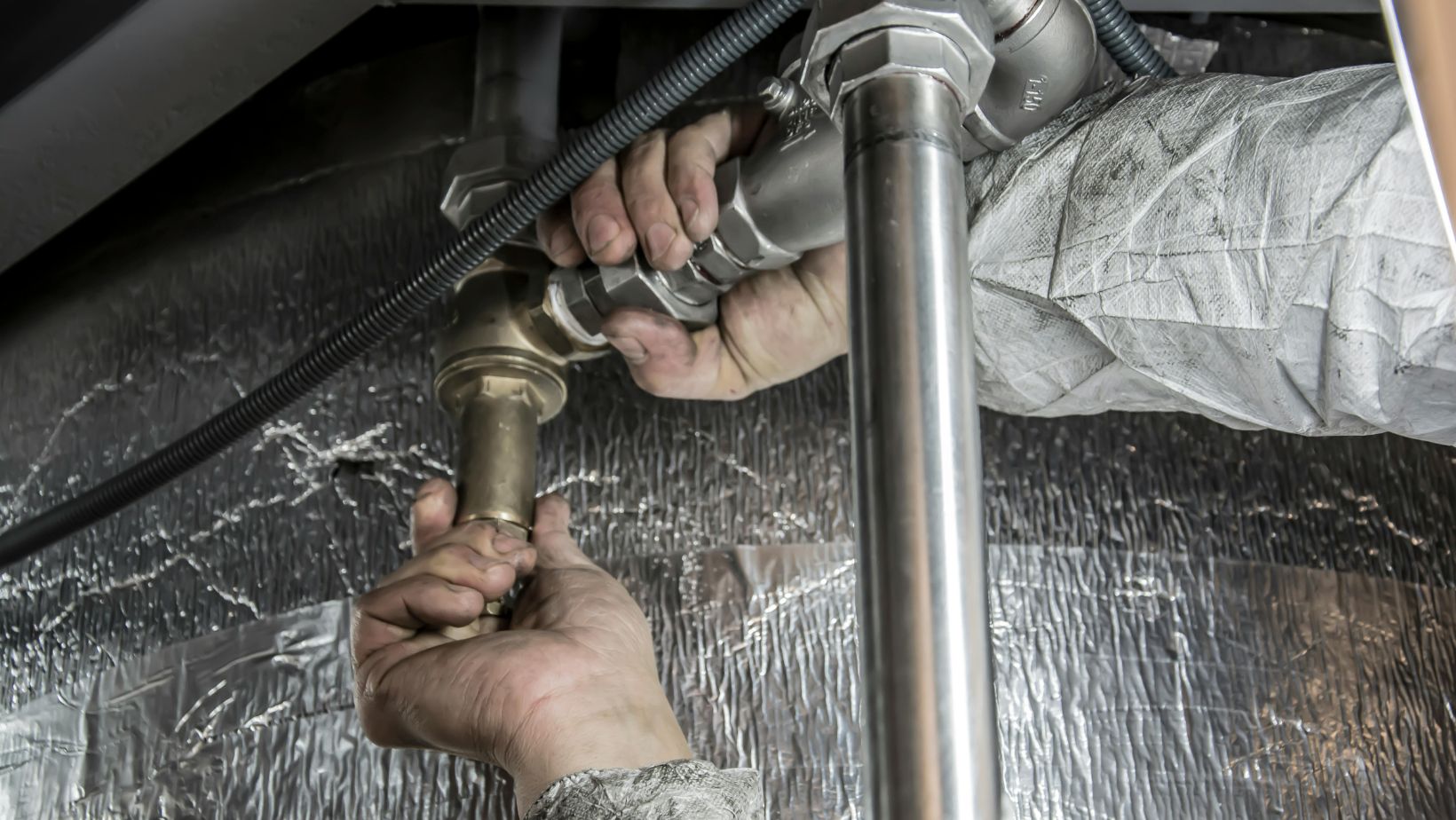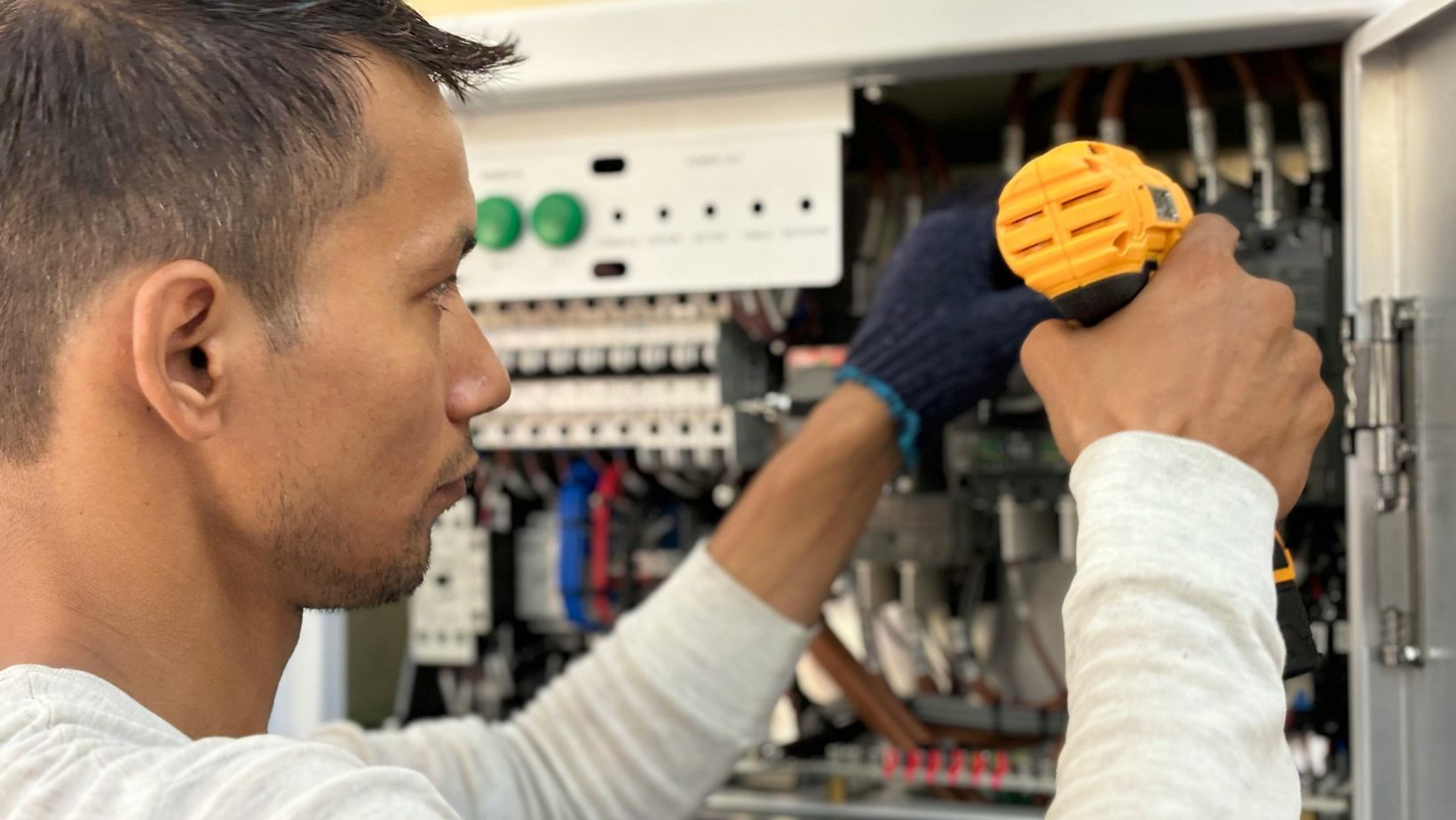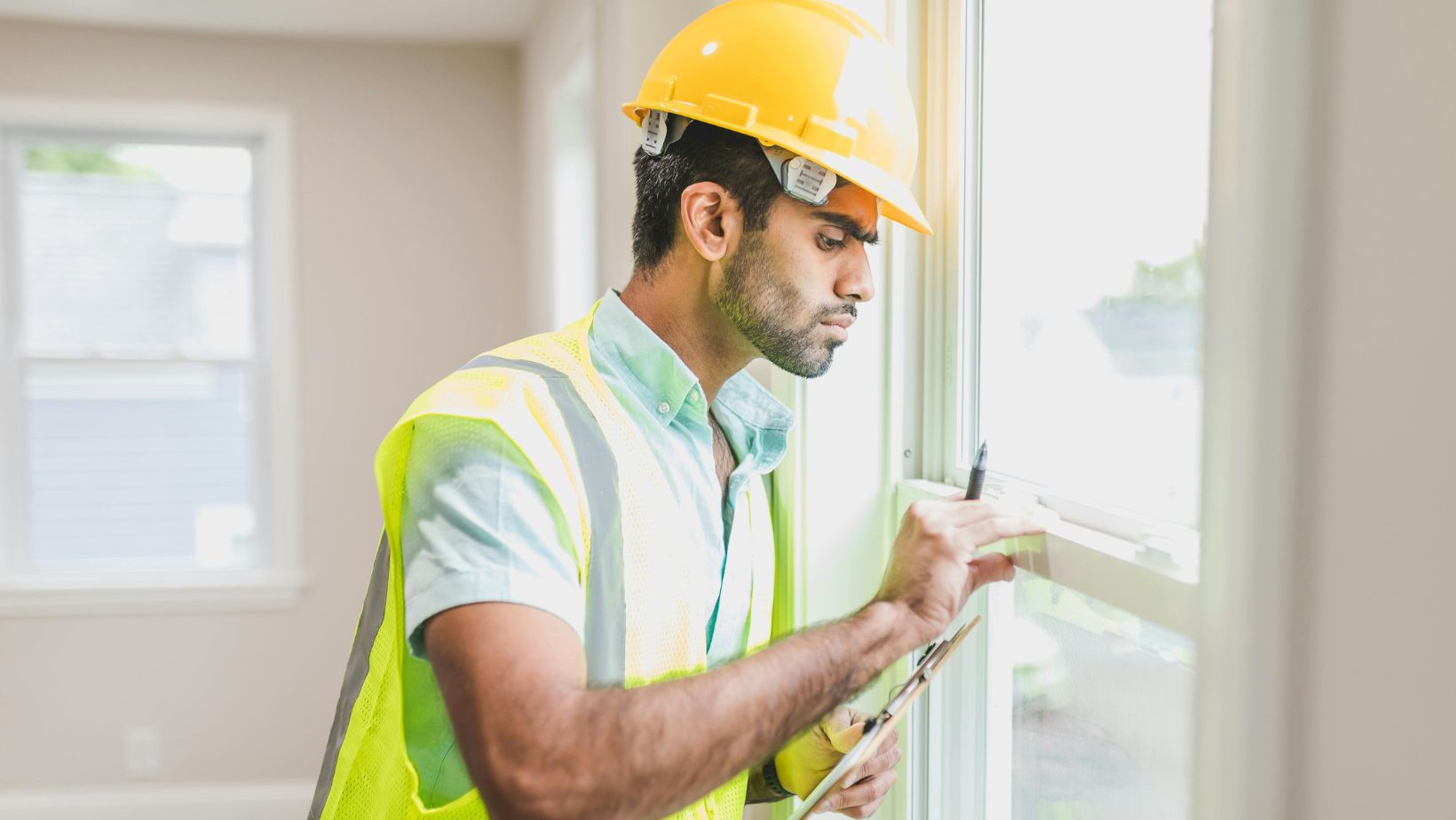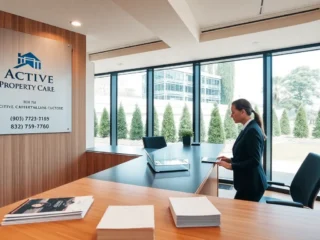
Moving into an older New Jersey home brings both charm and challenges. Homes built decades ago may have hidden issues that modern houses do not face. Before settling in, assess the structure, plumbing, and electrical systems. Common problems like foundation cracks, outdated wiring, and aging pipes can lead to costly repairs if overlooked. Understanding what to look for will help you avoid major headaches. Whether it’s the roof, windows, or ventilation, ensuring everything is in good condition is essential. Keep an eye on these red flags to ensure your new home is safe and comfortable for years.
Evaluating the Roof Condition is a Critical Step
Over time, roofs can wear down, and issues may not always be immediately visible. Start by checking for any signs of leaks or water damage inside the attic or on the ceilings. Water stains or damp spots often indicate a problem that could lead to larger issues if left unchecked. Next, examine the shingles or tiles for signs of cracking, curling, or missing pieces. Damaged or missing shingles can allow water to seep in, leading to mold growth or structural damage. Pay attention to the granules on asphalt shingles as well; if they appear worn down, they will likely lose their effectiveness.
It’s also important to assess the age of the roof. An older roof may have a shorter lifespan, which could mean upcoming repair or replacement costs. Ask the seller for maintenance records to understand how well the roof has been cared for. If the roof hasn’t been properly maintained or repairs have been done hastily, it could lead to more expensive repairs in the future. You may want to consult with a roofing professional to conduct a thorough inspection, especially if you’re unsure about the roof’s condition.
Identifying Potential Plumbing Problems
Plumbing problems in older New Jersey homes can be hidden beneath the surface, leading to expensive repairs if not detected early. Start with plumbing inspections, especially the areas around sinks, bathtubs, and toilets, for leaks or water stains. Water damage is often a sign that pipes leak, which can cause further damage if left unaddressed. Even small leaks can worsen over time, leading to costly repairs. Testing the water pressure is another effective way to check for plumbing issues. Low water pressure can indicate a clogged pipe, a problem with the main water line, or issues with the pressure regulator.
Similarly, test the drainage in sinks, bathtubs, and showers to ensure water flows smoothly without backing up. Slow drainage can point to blockages, tree root intrusion, or an issue with the plumbing system’s slope. It’s also crucial to assess the age of the pipes in the home. Older homes may have galvanized steel or cast-iron pipes prone to rusting, corrosion, or clogging. These pipes can eventually deteriorate and need replacement. If the plumbing system is old, replacing the pipes sooner rather than later can help avoid unexpected issues.

Exterior Checks: Siding, Gutters, and Drainage
Before settling into your new home in New Jersey, it’s essential to inspect the exterior thoroughly. Start with the siding—look for signs of rot, cracks, or other damage. Whether wood or vinyl, siding can wear down over time, potentially leading to water infiltration and structural problems. Next, clear out and inspect the gutters. Blocked gutters can cause rainwater to overflow, putting your roof and foundation at risk. Ensure downspouts are intact and direct water away from the foundation to avoid pooling. Also, the drainage around the home should be evaluated. Inadequate drainage can lead to standing water near the house’s base, increasing the risk of basement flooding or foundation damage.
Once you’ve completed these checks, you can breathe easier knowing the home’s exterior is in good shape. And when it’s time to make the actual move, hiring professional help can make a big difference. Whether relocating within New Jersey or moving in from out of state, local expert movers will handle everything with care, ensuring your belongings arrive safely and efficiently. Hiring a reliable moving team in New Jersey lets you focus on making your new house feel like home while the experts manage the heavy lifting—literally and figuratively.
Checking Ventilation and Insulation When Moving Into an Older New Jersey Home
Proper ventilation and insulation are important factors when moving into an older New Jersey home. Here are the key points to consider:
- Inspect attic insulation for mold or decay: Check for any signs of mold, which could indicate poor ventilation or excess moisture in the attic. Decaying insulation can reduce its effectiveness and impact energy efficiency.
- Assess ventilation in bathrooms and kitchen: Ensure the exhaust fans work correctly in moisture-prone areas, such as bathrooms and kitchens. A lack of proper ventilation can lead to mold growth and musty odors.
- Check energy efficiency in older homes: Older homes often lack modern insulation, leading to heat loss in winter and heat gain in summer. Consider upgrading insulation in walls, attics, and floors to improve energy efficiency and reduce utility costs.
Safety and Functionality of Electrical Systems
You should carefully inspect the safety and functionality of electrical systems in older homes. Start by examining the wiring throughout the house. Outdated or damaged wiring increases the fire risk, especially if the wires are frayed or exposed. Check areas like the attic, basement, or behind walls for any signs of wear. Next, inspect the circuit breaker panel for any visible damage or malfunctions. Ensure that it complies with modern safety codes and can handle your home’s electrical load.
An overloaded or faulty panel can lead to power outages or even electrical fires. You should also check that all outlets are properly grounded. Ungrounded outlets pose a shock hazard and can prevent appliances from working correctly. If you find any issues with the wiring, circuit breakers, or outlets, update the system to meet current standards. Hiring a professional electrician to perform a thorough inspection will help ensure the system is safe, functional, and ready for use in your new home.

Assessing the Condition of Windows and Doors
Windows and doors often show signs of wear in older homes, making it important to assess their condition. Start by checking for drafts or air leaks around windows and doors. Gaps can let in cold or hot air, making it harder to maintain a comfortable temperature inside. Examine the frames and seals for any signs of damage or wear. Broken or deteriorating seals can allow moisture and air to enter, which may lead to increased energy costs. Pay attention to the functionality of the doors and windows as well.
Doors should open and close smoothly without sticking or having visible gaps when shut. If you find any issues, consider upgrading to more energy-efficient models. Replacing old windows with energy-efficient ones can significantly reduce heating and cooling costs. Additionally, weatherproofing doors can help improve insulation. If repairs or upgrades are needed, addressing these issues on time will improve comfort and reduce energy bills in the long term.

Structural Red Flags to Watch For
Moving into an older New Jersey home requires careful attention to various structural issues, including the roof, plumbing, electrical systems, and foundation. By identifying potential problems early, you can ensure a safer and more comfortable living environment. Always conduct thorough inspections and consider professional help to address any concerns, ultimately protecting your investment in the long run.












